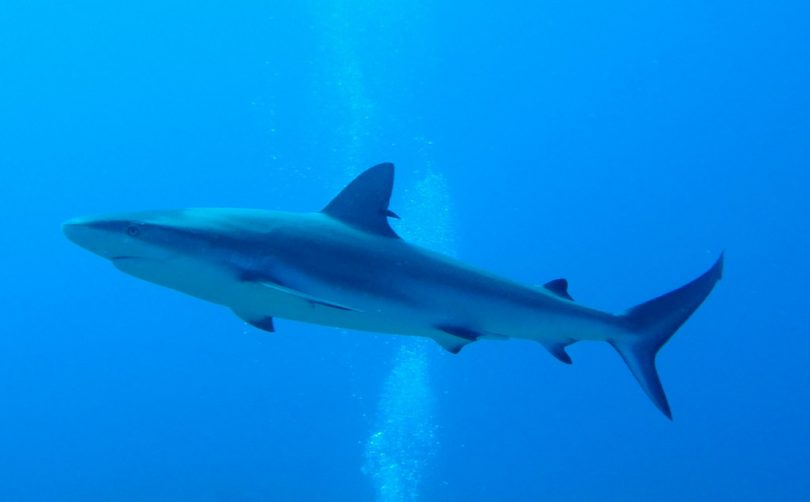Longfin Mako – scientifically known as Isurus paucus belongs to the family Lamnidae. The species are grouped under the category of Mackerel sharks and are known for their agility, activeness, and predatory nature. The Mako sharks are named so because of their long fins that are larger than the size of their head. The large fins make them the most powerful and efficient swimmers in the oceanic world. Scroll down to find out interesting information about Longfin Mako sharks.
What Is The Geographical Distribution Of Long Fin Mako Sharks?
In tropical and temperate waters, the Longfin Mako sharks are wide in range. The species abundantly lives in the Western Atlantic waters, Central Pacific Ocean, Indian Ocean, and East Coast of the United States, Southern Brazil, Mediterranean Sea, and Southern California.
Moreover, the sharks mostly thrive in the epipelagic zone at night and during the daytime, the shark remains in the upper mesopelagic zone. Occasionally, sharks swim at the depth of 300 feet or 90 meters whereas some species are also spotted at the depth of 360 to 720 feet or 110 to 220 meters.
What Is The Appearance Of Long Fin Mako Shark?
The shark has a long slender and streamlined body which is grey to bluish-black however some species are slightly dark blue and are whitish underneath. The sharply pointed snout and long serrated teeth which protrude out of their mouth give them an extremely ferocious appearance. They bear 12 to 13 rows of teeth in the upper jaw and 11 to 13 in the lower jaw. The large pectoral fins help the shark swim with a high burst of speed. The dermal denticles are long, elliptical, and rigid appendages that protect the shark from injuries when hunting.
Furthermore, the pectoral fins are the prominent feature that distinguishes the long-fin mako shark from its closely related member Shortfin Mako shark. Normally, the sharks can reach the maximum length of 7 feet or 2.2 meters and weigh 150 pounds or 70 kg whereas the largest species ever recorded is about 14.8 feet or 4.5 meters long and weigh around 1,100 pounds or 500 kg.
What Do Long Fin Mako Sharks Eat?
Typically, the favorite food of sharks is bony fishes like swordfish, Tuna, and Bonito. Other than that, they include turtles, sea birds, porpoises, squids, crabs, cephalopods, dolphins, and small sharks. The sharks have a fast metabolic process and require 3 % food of their total body weight for survival which is why they eat about 4.5 pounds of fish each day.
What Is The Reproductive Mode Of Long Fin Mako Sharks?
Long Fin Mako sharks are oviparous species which means the sharks can only mate through internal fertilization and give birth to young pups which are not connected through the placenta. After the long incubation period of 15 to 18 months, the female shark gives birth to 4 to 18 offspring which are only 28 inches or 70 cm in length. The average life span of Longfin mako sharks is 28 to 35 years.
What Is The Conservational Status Of Long Fin Mako Sharks?
According to the IUCN Red list, Longfin mako sharks are listed as vulnerable species because of their high mortality rate by continuous bycatch, very low reproductive rate, and rarity. Moreover, human activities such as fishing and finning are gradually pushing the Mako shark towards extinction.
Final Words
Longfin mako sharks – the member of mackerel sharks are widely present in the tropical and temperate water zone at the depth of 50 to 220 meters. The long slender body and long pectoral fins distinguish them from other species. These sharks include a variety of foodstuff in their diet but the most preferable ones are bony fishes. The species are listed vulnerable according to the Red list of IUCN because they are caught for their highly prized jaws. If unnecessary human activities will continue then these sharks will extinct rapidly.







